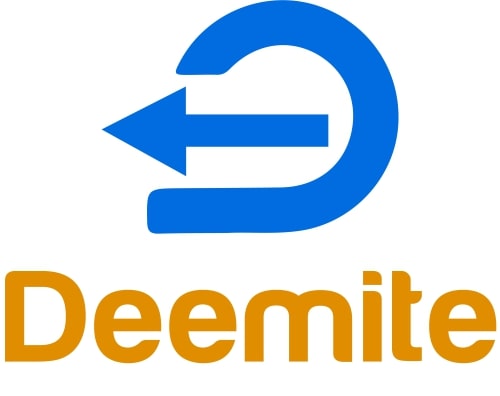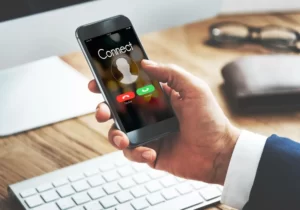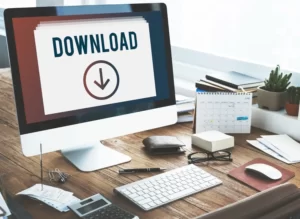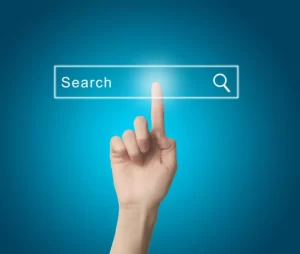The WordPress admin bar is a convenient toolbar that allows quick access to essential features when managing your website.
However, there might be instances when you log in to your WordPress dashboard and find the admin bar is missing.
Fear not! This common issue can be easily resolved with some straightforward troubleshooting steps.
In this blog, we will take you through a detailed, step-by-step guide to fix the missing WordPress admin bar and get you back to effectively managing your website.
How to Fix Admin Bar Not Showing WordPress
Follow the below steps to get back your missing WordPress Admin Bar:
Step 1: Check the Login Status
Before diving into complex solutions, start by ensuring that you are logged in to your WordPress dashboard with the appropriate user account.
The admin bar is only visible when you are logged in as a user with the necessary permissions.
If you don’t own the website, there might be a reason that the admin bar was turned off. Contact the site owner to resolve this issue.
Step 2: Clear Browser Cache
Browser caching stores data from websites to speed up page loading times. However, sometimes cached data can cause issues with the admin bar display.
To clear your browser cache, follow these steps based on your browser:
For Google Chrome:
- Click on the three dots in the top-right corner of the browser window.
- Go to “More tools” > “Clear browsing data.”
- In the pop-up window, select “Cached images and files” (and other data you want to clear, if necessary).
- Choose the time range for which you want to clear the data (e.g., “Last 24 hours” or “All time”).
- Click “Clear data.”
For Mozilla Firefox:
- Click on the three horizontal lines in the top-right corner of the browser window.
- Go to “Options” > “Privacy & Security” on the left sidebar.
- Under “Cookies and Site Data,” click “Clear Data.”
- In the pop-up window, select “Cached Web Content” (and other data you want to clear if desired).
- Click “Clear.”
For Apple Safari:
- In the top menu, go to “Safari” > “Clear History…”
- Choose the time range for which you want to clear history (e.g., “Last hour,” “Today,” or “All history”).
- Click “Clear History.”
Step 3: Verify User Profile Settings
Sometimes, the admin bar might be disabled in your user profile settings.
To check and enable it, follow these steps:
- Log in to your WordPress dashboard.
- In the WordPress dashboard, look for the “Users” tab in the left sidebar and click on it.
- From the dropdown options, click on “Your Profile” (which corresponds to your own user account).
- Scroll down until you see the “Toolbar” section.
- Ensure that the checkbox next to “Show Toolbar when viewing site” is checked.
- If it’s not checked, click on the checkbox to enable it.
- Scroll down and click the “Update Profile” button to save the changes.
Step 4: Disable Conflicting Plugins
Certain plugins may interfere with the proper functioning of the admin bar.
To check if a plugin is causing the issue, follow these steps:
- In the WordPress dashboard, go to “Plugins” in the left sidebar and click on “Installed Plugins.”
- Select all the plugins by ticking the checkbox at the top of the list, or individually tick the checkboxes next to each plugin.
- From the “Bulk Actions” dropdown menu, choose “Deactivate” and click “Apply.”
- Check your website to see if the admin bar reappears.
- If the admin bar appears, it means one of the plugins was causing the conflict.
- To identify the problematic plugin, reactivate the plugins one by one, checking the admin bar after each reactivation.
- When the admin bar disappears again after reactivating a specific plugin, you have found the culprit.
- Consider seeking support or looking for an alternative plugin to replace the conflicting one.
Step 5: Switch to Default Theme
The current theme might be the cause of the missing admin bar.
To check if this is the case, follow these steps:
- In the WordPress dashboard, go to “Appearance” in the left sidebar and click on “Themes.”
- Locate the currently active theme and click the “Theme Details” button.
- In the theme details view, click on the “Activate” button for a default WordPress theme like “Twenty Twenty-One.”
- Check your website to see if the admin bar becomes visible with the default theme.
- If the admin bar appears, it suggests that the issue lies with the previously active theme.
- Consider contacting the theme developer for assistance or exploring other themes that suit your needs.
Step 6: Check for JavaScript Errors
JavaScript errors on your website can prevent the admin bar from functioning correctly.
To identify and potentially fix these errors, follow these steps:
- Open your website in your web browser.
- Press F12 on your keyboard to open the developer console.
- Look for any error messages or warnings in the “Console” tab of the developer console.
- If you find any JavaScript errors, they may be related to the admin bar issue.
- Attempt to resolve these errors based on the information provided in the console.
- For complex issues, consider seeking assistance from a developer or technical support.
Step 7: Update WordPress
Ensuring that WordPress is correctly installed and up-to-date is crucial for smooth website functioning. To verify your WordPress installation, follow these steps:
- Log in to your WordPress dashboard.
- In the left sidebar, go to “Dashboard” > “Updates.”
- Check if there are any pending updates for WordPress core files or plugins.
- If there are updates available, click the “Update Now” button to install them.
- Additionally, ensure that you are running the latest stable version of WordPress by checking the official WordPress website or community forums.
Step 8: Server-Side Issues
If none of the previous steps resolved the issue, there might be server-side problems affecting the admin bar. In this case, it’s essential to contact your web hosting provider for further assistance.
Explain the issue you are facing and provide relevant information such as the steps you’ve already taken to troubleshoot.
Conclusion
The missing WordPress admin bar can be a frustrating experience, but with this comprehensive step-by-step troubleshooting guide, you can easily identify and resolve the problem.
By checking your login status, clearing browser cache, verifying user profile settings, and disabling conflicting plugins, you can often fix the issue quickly.
Additionally, switching to a default theme, checking for JavaScript errors, and verifying your WordPress installation are essential steps to explore.
If the problem persists, don’t hesitate to seek help from the WordPress support community or a professional developer.






